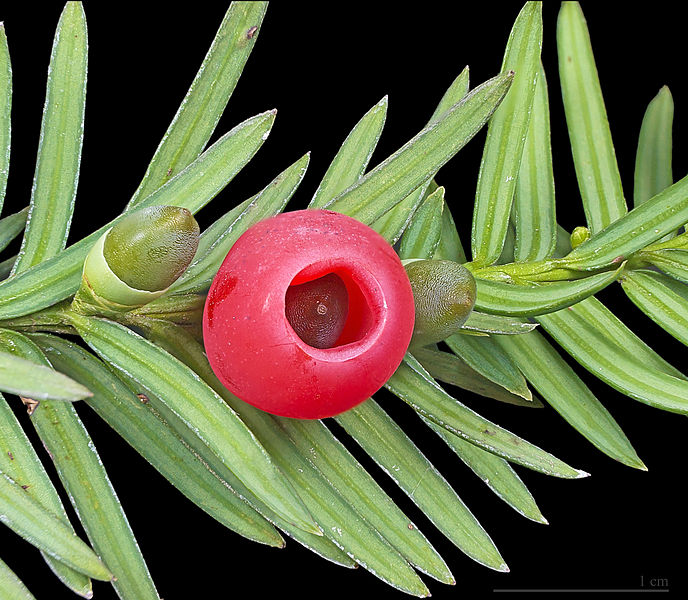Tree Top Guide - Ash
Botanical name : Fraxinus Excelsior
Common names : Ash, European Ash, Common Ash
Physical appearance : A tall, decidious tree growing to between 12 and 43 metres in height. It has a trunk diameter of between 2 - 3.5 metres, when fully mature. When young, the tree has smooth, thin, light grey bark. On older trees the bark begins to thicken and to fissure vertically. The Ash tree's leaves grow symmetrically, in pairs, along each stalk. This distinguishes the common ash from the mountain ash whose leaves alternate, rather than growing in symmetrical pairs. Another distinguishing feature of the common Ash is that the shoots are stout, greenish-grey, with jet black buds, which distinguish it from most other ash species, which have grey or brown buds.

Where to find : Common to much of Europe, southwest Asia, New Zealand and North America. Ash trees have a preference for moist soils and soils containing calcium although they can tolerate a wide range of soil types excluding sandy soils.

Uses : Produces a very useful and versatile wood. The Ash has been coppiced for thousands of years which helps to yield significantly more wood from a single specimen. The wood produced is flexible, hard wearing and easy to work. Tradionaly used for making a wide variety of products ranging from : walking sticks, furniture, bowls, lobster pots as well as being a great wood for fire as it burns well, even when green (unseasoned).

Please note - Many trees and plants look similar. If you are planning to consume any plants or derivatives thereof, please ensure you know what you are picking so as to not accidentaly poison yourself or others!


Ash Dieback :
"First confirmed in Britain in 2012, Chalara dieback of ash, also known as 'Chalara', ash dieback or Chalara ash dieback, is a disease of ash trees caused by a fungus called Hymenoscyphus fraxineus. (The fungus was previously called Chalara fraxinea, hence the name of the disease. See 'The Science' below for an explanation of the name change.)
Chalara causes leaf loss, crown dieback and bark lesions in affected trees. Once a tree is infected the disease is usually fatal, either directly, or indirectly by weakening the tree to the point where it succumbs more readily to attacks by other pests or pathogens, especially Armillaria fungi, or honey fungus.
However, some ash trees appear to be able to tolerate or resist infection, and scientists are studying the genetic factors which make this possible so that tolerant ash trees can be bred for the future.
We don't yet know what the full impact of Chalara will be in Britain. Evidence from continental Europe suggests that older, mature ash trees can survive infection and continue to provide their landscape and wildlife benefits for some time.
We do know that the disease has potential to cause significant damage to the UK's ash population. It has caused widespread damage in continental Europe, where experience indicates that it can kill young ash trees quite quickly, while older trees can resist it for some time until prolonged exposure, or another pest or pathogen attacking them in their weakened state, eventually causes them to succumb.
Ash can grow in a variety of soils and climatic conditions. It is one of our most useful and versatile native tree species, providing valuable habitat for a wide range of dependent species as well as strong, durable, flexible and attractive timber with a wide range of practical and decorative uses.
The Joint Nature Conservation Council (JNCC) in January 2014 published report of studies into the potential ecological impact of Chalara ash dieback in the UK, and on the options for long-term monitoring of its impacts on biodiversity.
The best hope for the long-term future of Britain's ash trees lies in identifying the genetic factors which enable some ash trees to tolerate or resist infection, and using these to breed new generations of tolerant ash trees for the future. Government scientists, including our Forest Research agency, are working hard on this in partnership with a range of other respected scientific research institutions."
Chalara information courtesy of www.forestry.co.uk.
Images courtesy of MPF, Donarreiskoffer, Rotatebot, JoJan and Jean-Pol GRANDMONT, Rosser1954 via Wikipedia Creative Commons Attribution


